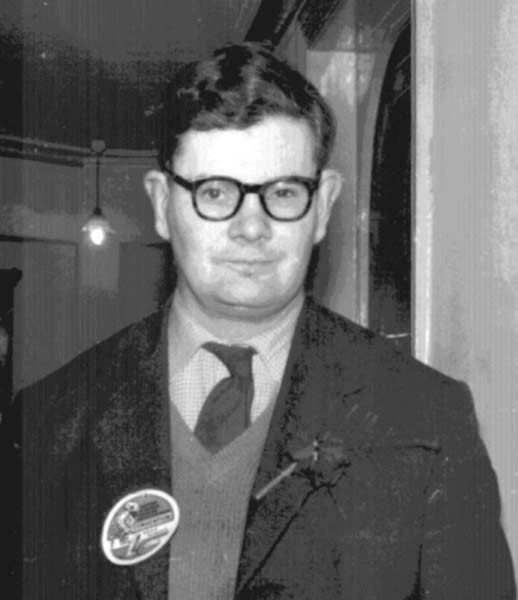[if you’re new to the Journey, read this to see what we’re all about!]

By Ashley R. Pollard
The new year has brought snow. Lots of snow. So much snow that parts of Britain have been brought to a standstill. I thought last year was bad, but this year puts last years snow into perspective, in much the same way as downing a yard of ale as compared to a good old British pint of beer does.
And just to make things clear, when I say snow, I don't mean a few fluffy flakes falling on London.
Parts of the country have been cut-off by the amount of snow that has fallen here. A blizzard left up to 20 feet of snow in some places. The BBC news shows images of the sort of thing one might see in some Hollywood extravaganza set in the Antarctic wastes.

One almost expects to see penguins or Polar bears. I could easily imagine Polar bears swimming here to enjoy our climate. It's a snowpocalypse I tell you. Send food parcels now!
OK, I jest, but not by much.
Really, it started snowing on Boxing Day and has continued to snow pretty much until now. A waterfall has frozen in Wales, I know Niagara Falls freezes, but this is Britain, we haven't experienced these conditions for a very long time. How long ago you might ask? The Met Office says this has been the coldest January since 1814.
That's a long time ago.
Also, the sea in Whitstable Bay froze. The sea water froze out to four miles at Dunkirk. I knew theoretically it can happen, but…
As I'm writing this, the forecast for tonight is for temperatures to drop to minus eight degrees Fahrenheit. Fortunately, I work and live in London. So I may moan and grumble, but I don't have to face the hardships of those people living in the countryside cut-off by snow drifts.
But, there is a promise of a thaw in a few days time. I can only hope that the Met Office is correct in their prediction.
I'm sure they're right, after all, Cliff Richard's new musical film, Summer Holiday, premiered the other week in London. Surely this presages warmer weather to come? Cliff Richard and The Shadows are a popular young persons band, for those who have not heard of him or them.

This is, as always, only the backdrop to the wonderful world of the science fiction, like myself and my friends in The London Circle.
Oh, what jolly japes and fun were had as we sat drinking, discussing the mood of the general population. We fans talked about stories set in snowy wastelands. Frankenstein was mentioned as the prime setting. Lovecraft's, At the Mountains of Madness, was also deemed germane.
And, of course, the horror of starvation as food ran out with the railways and roads snowbound. SF fans have a great imaginations, and the amazing ability to create stories from whole cloth. It was almost like we were re-enacting the Shelley, Byron, and Polidori's competition to write a scary story.
Then somebody mentioned we'd all have to live by eating pork pies supplied by Brian Burgess. That leavened the tone of the conversation, making everyone present burst out in laughter. A laughter with a slight hollow ring to it, as anyone who has survived the experience one of eating one of Brian's famous pork pies can attest.

Brian, a rather large man, who can appear intimidating when you first meet him, can best be described as one of fandoms great eccentrics. Which is saying something when it comes to fandom. Though, after thinking about it for a moment, British people in general can be rather eccentric. Or so my American friends tell me.
I blame the war, but war stories will have to wait for another time.
Last month I mention That Was The Week That Was. This month, in a more serious vein, befitting the serious weather we're facing, another news show I recommend people to try and catch, if they can. The commercial broadcaster, Grenada Television, launched The World in Action. An unorthodox current affairs programme that investigates more thoroughly what That Was The Week That Was mocks.
Already there are rumblings in the House as the news team's probing into underhand dealing and corruption threaten to expose the great and the good. I shall be making time to watch The World in Action and report back.
And on another serious note, the leader of the Labour Party, Hugh Gaitskell, died suddenly at the age of 56 from heart failure. His sudden passing has shocked the establishment, being labelled a national tragedy.
He was certainly a more moderate politician than some of his more left wing party colleagues, and I admired his appeals to reason. Though my psychological background always makes me doubt that such appeals will be effective. In the words taken from the short story collection, Assignment in Eternity, Robert Heinlein said, "Man is not a rational animal; he is a rationalizing animal."
I couldn't agree more.
So that's it for another month. I promise to wrap up warm and stay safe. You do the same, please.

[P.S. If you registered for WorldCon this year, please consider nominating Galactic Journey for the "Best Fanzine" Hugo. Check your mail for instructions…]



































































